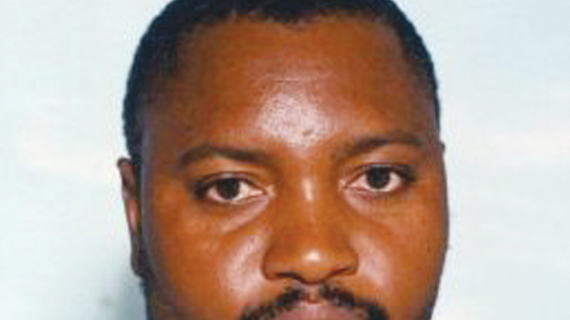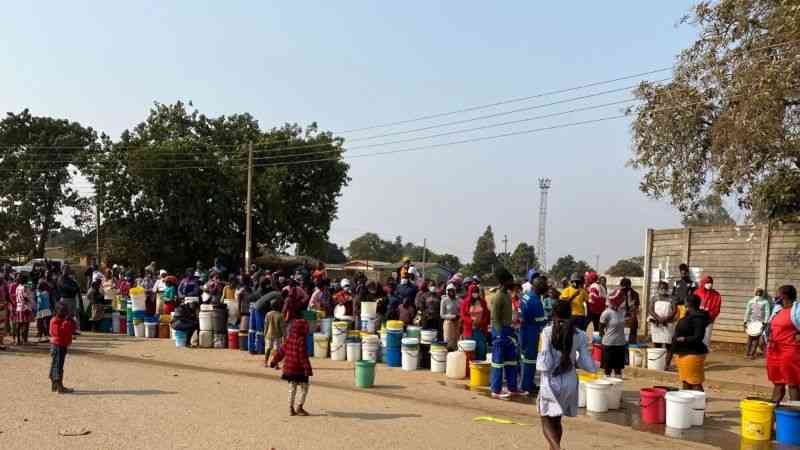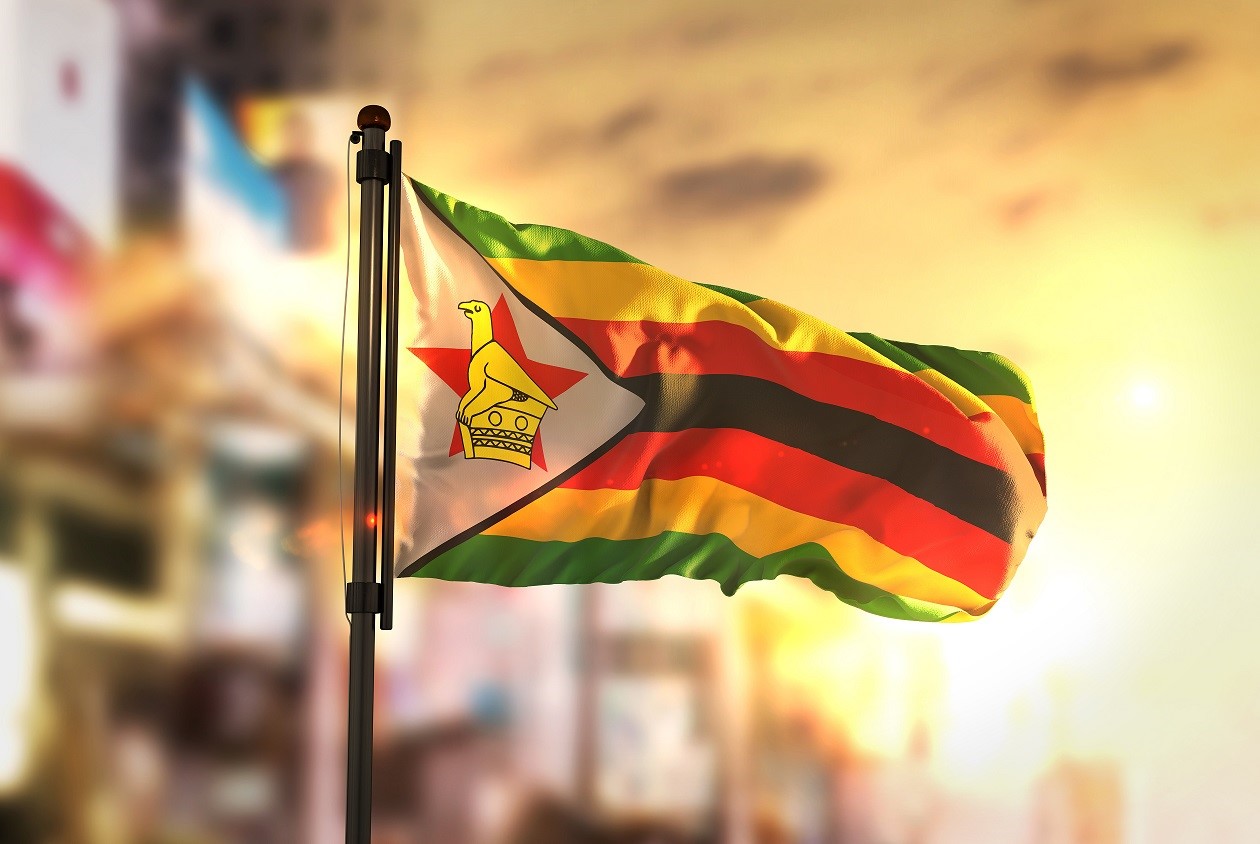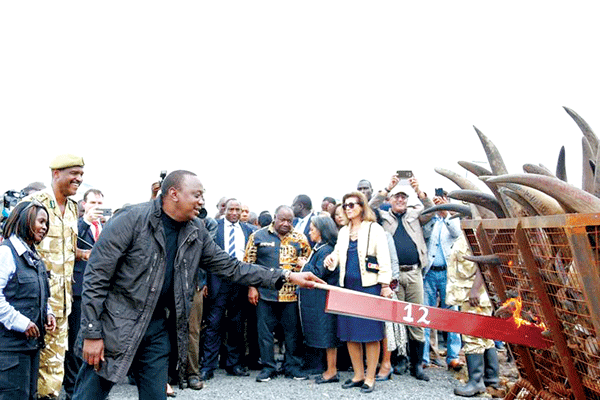
THE economic stagnation and decline that is afflicting Bulawayo and most of the southern region is a matter that requires urgent redress.
By Masola Wa Dabudabu
Agreeably, Zimbabwe experienced a decade of economic meltdown, but Bulawayo and the southern region have been reeling from economic decline since independence.
In order to find solutions to this malaise, the root causes need to be identified first.
There are myriads of reasons for this decline and they span over a long time exceeding a generation spiced with punitive neglect and selective rewarding for the preferred areas.
The selective electrification of the Harare-Dabuka Railway stretch can be used to argue that the Zanu PF government exercised punitive neglect of the southern region while selectively rewarding the northern regions.
In Ndebele, dabuka, as an imperative verb, may refer to the action of splitting, tearing or ripping apart.
Geographically, Dabuka is a railway marshalling yard just south of Gweru. Gweru is the main town of the Midlands Province. In Ndebele, the Midlands is referred to as Nkabazwe.
- Chamisa under fire over US$120K donation
- Mavhunga puts DeMbare into Chibuku quarterfinals
- Pension funds bet on Cabora Bassa oilfields
- Councils defy govt fire tender directive
Keep Reading
Nkabazwe literally translates as the navel of the land. On top of being the nation’s navel, Nkabazwe gained the ostentatious role of being the nerve-centre of a huge railway capital project, thanks to Dabuka. Like the electrification of Zimbabwe’s railway service, the story of Zimbabwe’s regionalised economic outlook either begins or ends at Dabuka!
In the early 1980s, the Zanu PF government embarked on the electrification of the railway stretch from Harare to Dabuka. On completion, the electrification project was commissioned with pomp and ceremony.
The then Prime Minister did not only take centre stage during the ceremony, but also took a dig at both his predecessors and rivals.
Culminating from the celebration of the achievement, a cartoonist drawing for a State newspaper captured the political and economic implications of the historic milestone.
The cartoonist’s imagination depicted the then Prime Minister Robert Mugabe enjoying a smooth ride on the electric train which was dubbed “the Freedom Express”.
The late Rhodesian Prime Minister Ian Smith was caricatured attempting to race along in a ramshackle jalopy. The accompanying caption was equally heart-rending in more ways than one. The caption simply stated: “Eluding you into the future.”
On one hand, the electrified railway line ushered the benefiting region into the future, while on the other hand, the doomed fate of Bulawayo and indeed that of the southern region was sealed.
Bulawayo and the southern region were destined to be second-class entities with no significant gains from and with no contributions towards the economic activities of Zimbabwe.
The death knell of the southern region of Zimbabwe had been sounded. This castrating decision to deprive the southern region was taken and implemented during this railway project.
This decision cast a spell upon the macro-economic developmental plans for the region.
Business analysts would want to know if it made business sense to plan and implement a hanging project.
If it was a business decision, then it was an unsound one.
In that case the National Railways of Zimbabwe (NRZ) planners who would have been based at the NRZ headquarters in Bulawayo should be hunted down and charged with economic sabotage and abetting genocide albeit passively and latently!
In defence of their heinous crime against the people of the southern region, the planners of the project should not assume that the public was privy to the proposed phases of the eventual electrification of the whole network.
Any progressive Zimbabwean would quickly absolve the NRZ headquarters in Bulawayo from planning and carrying out such a shoddy job.
If the truth be said, the decision to electrify the railway line from Harare to Dabuka was one filled with the political hatred and scornful retribution. It was a decision taken to spite Zapu.
Indeed, it was one way of taking a dig at the late Vice-President Joshua Nkomo’s support base.
The government of the day did not need to explain their half-hearted commitment towards fully electrifying the Harare-Bulawayo stretch.
Led by some guilty conscience, they feebly used the presence of vast reserves of coal around the Hwange area as a logical reason for running the southern region on steam locomotives.
Surely Cecil John Rhodes should have smiled wickedly and gleefully from his grave in Matopo on realising that his archaic railway system from the 1890s was being courted as efficient by a sovereign government of a 1980s independent Zimbabwe.
Give a dog a bad name! Dabuka was where the electrification ended and Dabuka was where the country tasted economic apartheid.
For as long as the southern region remained opposed to Zanu PF, the government was bound to exercise its demonic right to emasculate the region’s economic activities.
Bulawayo and the southern region had to be starved of development so as to starve off Zapu’s support.
The few investments that have since taken place in the southern region from the day Zimbabwe attained independence remain tokenistic; just as a way of covering the government’s evil intents. Today Bulawayo stands in near economic ruins.
This is a strong reminder that the ruling party has a bone to grind with the people of the region. l Masola wa Dabudabu is a social commentator writing in his capacity










